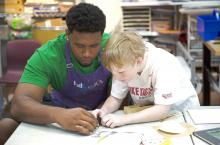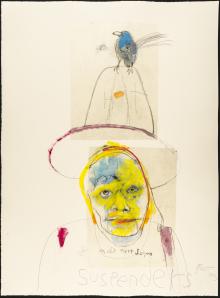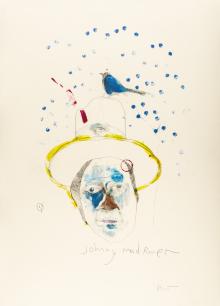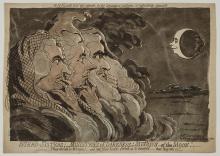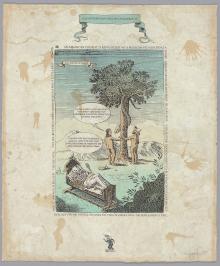Back
Confrontation & Contemplation Curator’s Talk
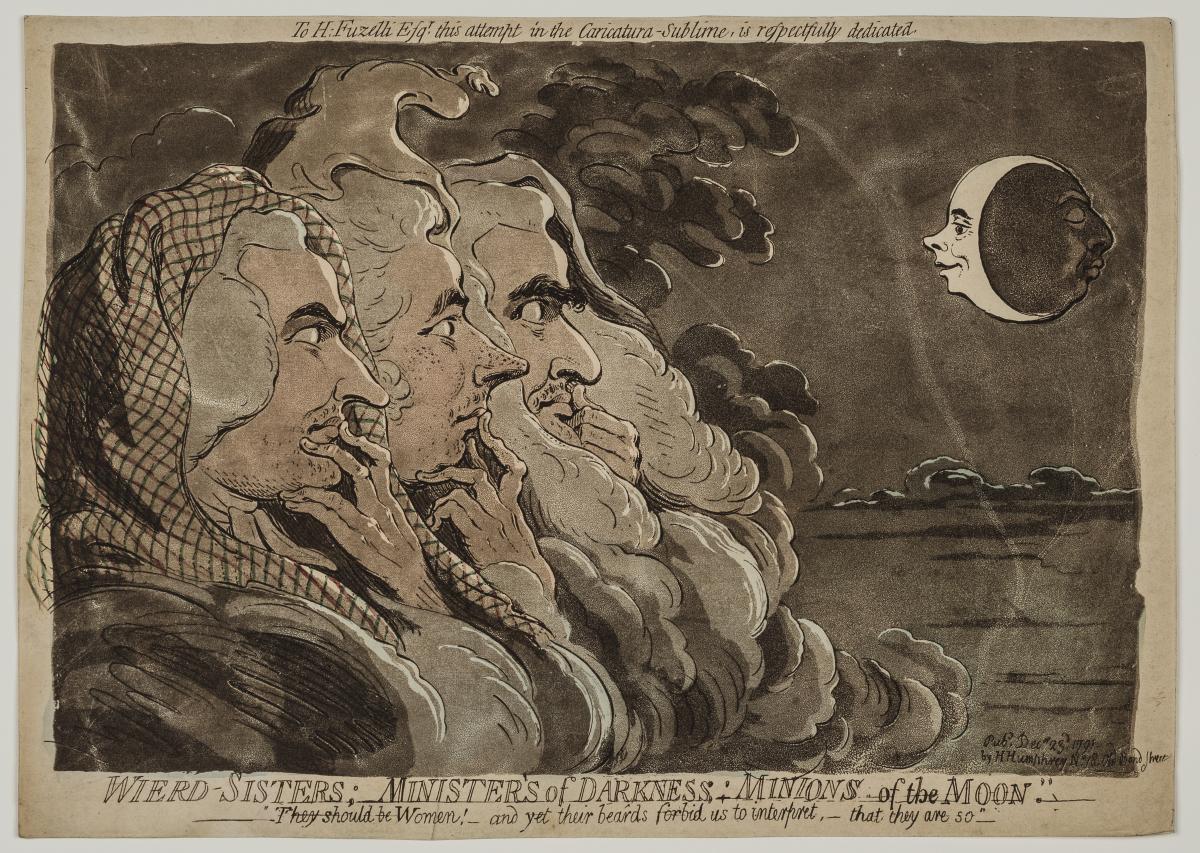 Chyna Bounds, a second year graduate student in the Department of the History of Art and Architecture, gives a talk on Confrontation & Contemplation: the Satirical Print in Europe, 1750-1850.
Chyna Bounds, a second year graduate student in the Department of the History of Art and Architecture, gives a talk on Confrontation & Contemplation: the Satirical Print in Europe, 1750-1850.
Collegium Musicum: “Musica Poetica”
Graduate students from the University of Oregon’s early music performance group, Collegium Musicum, celebrate the reinstallation of the John and Ethel MacKinnon Gallery of European Art with “Musica Poetica.” The program features the work of early seventeenth-century Venetian composer Dario Castello. Castello’s music is virtuosic, expressive and in a rhetorical style that plays on the connections between music and oratory.
Holly Roberts, Baroque violin
Bodie Pfost, Baroque trombone
Margret Gries, director, cimbalo chromatico
ArtAccess VSA Workshops for K-12 Children with Special Needs
Studio sessions featuring accessible art lessons and activities for K-12 children with special needs instructed by OHSU occupational therapist and artists. Free, but reservations are required. Contact Nori Rice at norikor@uoregon.edu or (541) 346-6410 to register. Funding for this program has been provided by the John F.


